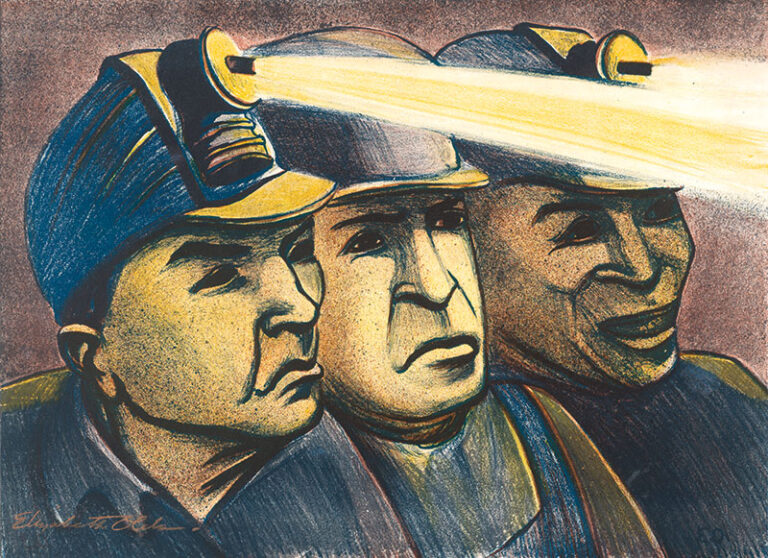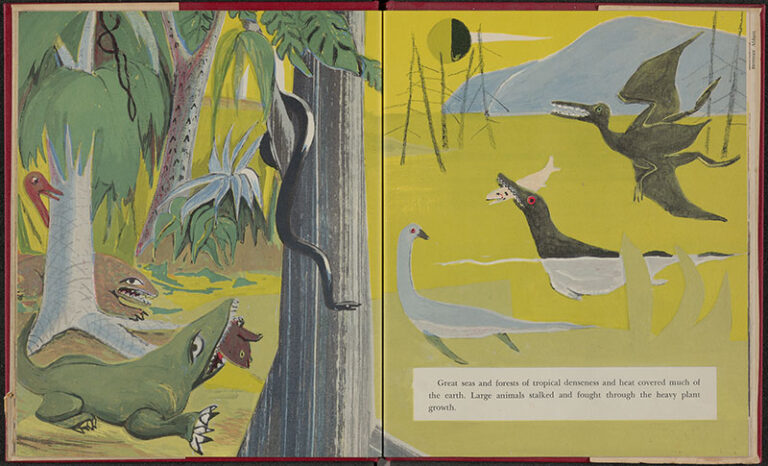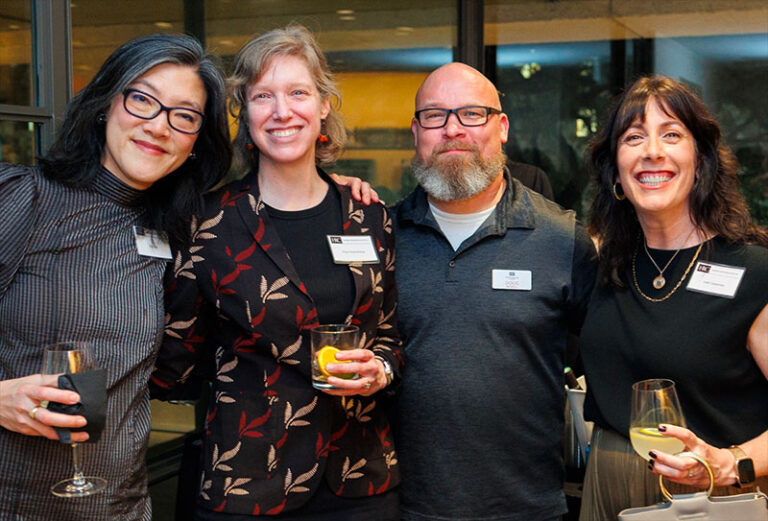by TRACY BONFITTO, CURATOR OF ART In 1937, WPA artist Elizabeth Olds (American, 1896–1991) persuaded “muckraking” investigative journalist Ida Tarbell to help her secure entrance to the Carnegie-Illinois steel mill. When Olds arrived with fellow artist Harry Gottlieb, skeptical mill workers required the artists to become union members in order… read more
Exhibitions + Events
Preparing Color Illustrations for Elizabeth Olds’s Deep Treasure (Boston: Houghton Mifflin, 1958)
by TRACY BONFITTO, CURATOR OF ART The exhibition Public Works: Art by Elizabeth Olds features original illustrations and preparation art that were used in the creation of Olds’s children’s books. These important process materials are on loan from the Kerlan Collection of Children’s Literature at the University of Minnesota.
Welcome Erica Nunn-Kinias, New Associate Director of Exhibitions and Public Programs
After an extensive search, the Harry Ransom Center is pleased to welcome Dr. Erica Nunn-Kinias (second from left in photo) as the Center’s Associate Director of Exhibitions and Public Programs. Nunn-Kinias comes to the Center from Colorado, where she was Program Director for the Gallery and Museum Management Masters at… read more




